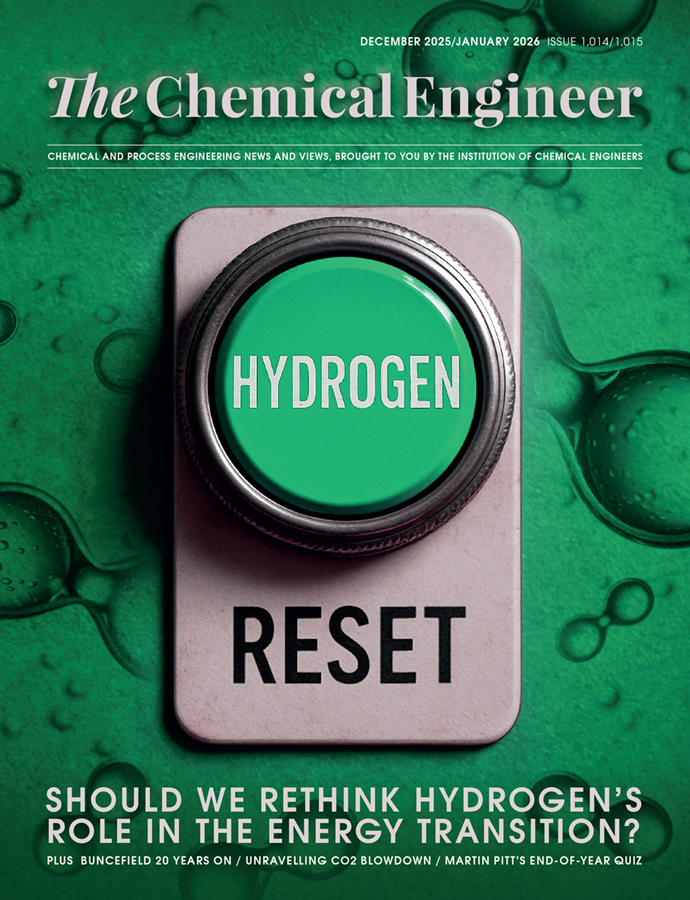South Australia outlines power plan
SOUTH AUSTRALIA has pledged to spend A$550m (US$416m) bolstering its energy system as it seeks to prevent a repeat of the blackouts suffered across the state in the past year.
Outlining his energy plan for the state, which includes measures to build a new gas plant and energy storage, state premier Jay Weatherill said: “It is an energy plan that delivers more generating capacity, greater competition, increased public ownership of assets, more renewable energy with battery storage, more gas supplies and more job opportunities for South Australians.”
Severe weather events have caused a series of power outages across the state in the past 12 months. In September, a tornado knocked out transmission infrastructure leading to a state-wide blackout. In January, thunderstorms caused outages to 58,000 homes across Adelaide. In February, hot weather saw power demand outstrip supply, forcing the national energy market operator to halt supplies to some 90,000 homes.
The situation – which has been described by Weatherill as a “national crisis” – comes as intermittent renewables capacity has increased, baseload power in the form of coal-fired plants have shut down and natural gas has struggled to fill the gap. New supplies of gas have been limited by a moratorium on fracking in some states. Meanwhile gas that is being produced is being exported in the form of LNG – some argue to the detriment of the domestic market – while environmentalists have rallied against proposals for new gas-fired plants.
In the interests of energy security, South Australia’s plan includes building a new government-owned 250 MW gas-fired power plant that can be switched on in times of an emergency to bolster supplies. It will also establish a A$150m renewable technology fund, the first priority of which will be to fund Australia’s largest grid-connected battery that will provide the state with 100 MW of storage to balance out peaks and troughs in the supply and demand of renewable power.
In the running for the contract is tech-billionaire Elon Musk who, in a series of tweets ahead of the state’s plan being unveiled, bet he could solve South Australia’s blackout woes within 100 days.
The boss of car company Tesla said the company’s battery division would “get the system installed and working 100 days from contract signature or it’s free”. The claim was taken seriously with Musk subsequently holding conference calls first with Weatherill and then Australian prime minister Malcolm Turnbull.
Turnbull thanked Musk for “a great in-depth discussion today about energy storage” and Musk tweeted back that it was “very exciting to discuss the future of electricity”.
Announcing the state’s energy plan today, Weatherill said that while a range of battery providers has spoken to the government, Musk would be “directly invited” to take part in the tender process.
“South Australia is taking charge of our energy future,” he said, noting that it has had to in the absence of a coherent national energy policy.
The need for action has been acknowledged, including by Australia’s chief scientist Alan Finkel who has noted that the country has “a once-in-a-generation opportunity” to reform the national electricity market so it is more resilient to changes in supply., There are concerns however about South Australia taking independent measures.
Neil Greet, co-author of the Engineers Australia report Energy Security for Australia tweeted that the state’s announcement shows strong leadership but a national plan is needed.
“There is no point in South Australia intervening in a national market and then expecting that national market to work in our favour when it suits us. This will only cause other states to follow a similar isolationist pathway,” he said.
“Governments do have to take leadership decisions…but it has to be done as part of a national transition plan. This needs to be part of an integrated plan that takes us forward.”
Recent Editions
Catch up on the latest news, views and jobs from The Chemical Engineer. Below are the four latest issues. View a wider selection of the archive from within the Magazine section of this site.




